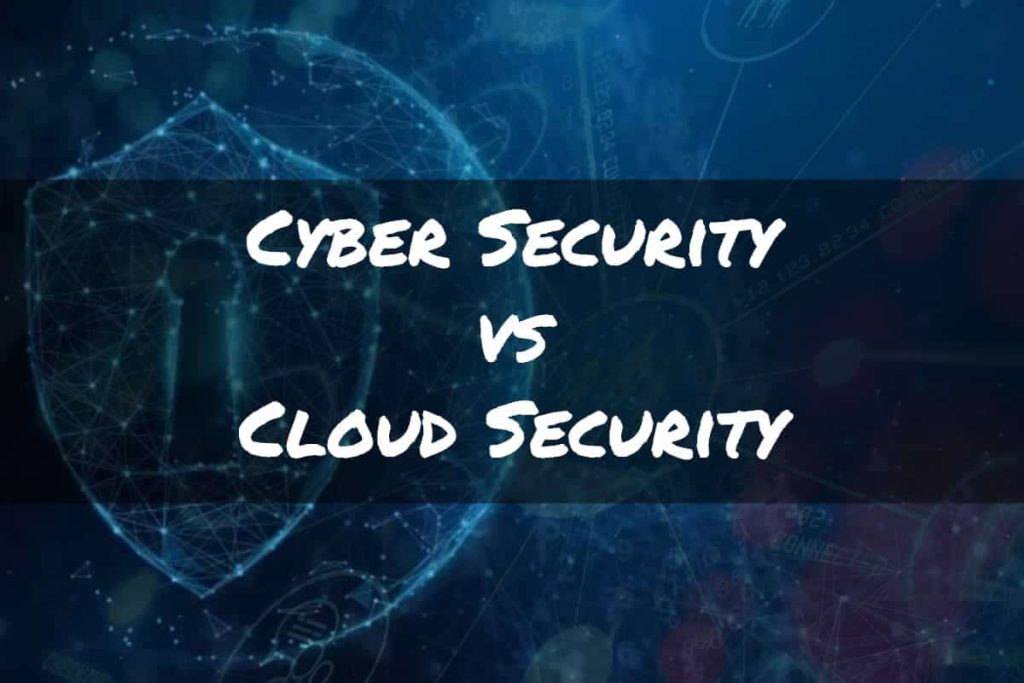Why does LinkedIn matter when you’re looking for a cybersecurity job?
If you’re one of the estimated 1.1 million cybersecurity professionals in the United States, you’re probably thinking to yourself that privacy matters, specifically your own privacy.
The good thing is that roughly half of the cyber community is present on LinkedIn, how active they are is a different story entirely; but that means, the other 550K cyber professionals aren’t.
In today’s article, we’ll talk about why LinkedIn really is important in cybersecurity.
I don’t need a profile; I’ve got a resume.
There are those that’ll say applying to specific jobs, having a resume on a job board or even in the hands of a headhunter, is sufficient. BTW if you need help with your resume, please check this link out!
Which may be true for individuals involved with national security.
But while that works for them, where’s the benefit in intentionally withholding your brand.
We get it; you’re in cybersecurity, and you know how dangerous the internet can be.
You don’t want your PII (“personally identifiable information” for you non-cyber folks) leaked all over the world.
Having a resume is certainly a start no matter who you are, but if you think not having a LinkedIn profile, or keeping it hidden, shows how secure you are, you’re in trouble.
The biggest problem with that mentality is that you’re not showing anything to the world except how unavailable you are.
Recruiters need to find you!
If you’re looking for a job, most recruiters like to use everything in their arsenal to find out about a candidate before they decide to reach out.
Recruiters will search for you online; this means “Googling” your name and especially checking your cyber profile out on LinkedIn.
So guess what, your first impression begins the moment that resume lands in their hands.
Keep in mind that, most recruiters are people-persons who devote themselves to helping cyber applicants fulfill company roles.
Recruiters like to see your face, understand your background and previous roles and responsibilities, see the organizations you’re involved with, and ultimately get better picture of who and what you are.
By not having a profile, you already putting yourself at a disadvantage.
Recruiters begin to wonder why you don’t have a LinkedIn profile; is there a legitimate reason, or do you have something to hide.
Regardless of which scenario, it’s never a good idea to give the recruiter a chance to even entertain that thought.
And as you already know, the competition in the cybersecurity industry is fierce.
So, while not having a LinkedIn profile, or having one that’s incomplete or inaccessible, isn’t a game stopper, realize that you’re only making the recruiters job that much harder.
A “Safe” Way to Display my LinkedIn Profile
If you’re thinking about creating or updating your LinkedIn profile, there are ways to have a LinkedIn profile with some added security.
For you cyber job seekers, LinkedIn has some good privacy capabilities, but you really ought to have a few settings unchecked for visibility purposes.
You need recruiters to view the specifics of your profile.
This doesn’t mean revealing your activity or the details of every job you’ve listed.
This does mean allowing strangers to find you, even if that makes you slightly uncomfortable.
At a minimum recruiters should be able to view your picture, name, professional summary, past companies and dates of employment, previous roles and at least a summary of your responsibilities, educational and certification background.
If you can find someone to write a recommendation about you and have it displayed, that’s also very helpful.
I won’t go into all the details of what settings you should have enabled or disabled; there are plenty of resources available to guide you through that process.
And since LinkedIn is continuously updating their features and options, it’s better to dive into their security and privacy settings yourself to figure out what works for you.
If you’ve decided to create your LinkedIn profile, you need to ensure that it provides an accurate representation of your actual professional experience.
Don’t think you can get away with telling the truth on your resume while exaggerating your LinkedIn profile.
The last thing you want is to create a LinkedIn profile only to have it come into question by the employer.
The resume you provide to an employer needs to correlate with what’s seen on your profile, though not be an exact match.
It’s okay to summarize in a few areas because you don’t want complete strangers viewing every detail of your online profile, but you do need to ensure your resume and profile sync up for the most part.
Do I need to use LinkedIn if I’m not hunting for a cybersecurity job?
Yes, even if you have a LinkedIn profile, it’s important to stay active.
Recruiters that spend a lot of time using LinkedIn like to know their efforts to reach out are at least being seeing by potential candidates.
Why does that matter? Depending on how they use LinkedIn, recruiters can filter out candidates that aren’t active on the platform.
That means even if you have a profile, you need to be occasionally active, so you don’t get filtered out.
This is more important if you’re job hunting.
Beyond just being active, you need to brand yourself even when you’re not looking for a job.
Trying to make connections once you’re out of a job (or just graduated) is too late in the game.
By making those connections early on, you’ll be in a much better place when the time comes to make that move.
Conclusion
You’ve got to give recruiters every opportunity to find you, regardless of where you’ve applied.
It’s absolutely great that you’ve taken the first step of creating a resume for yourself, but don’t let it stop there; create or update that LinkedIn profile.
If you’re overly cautious about displaying your profile, LinkedIn has implemented security measures to help.
Regardless of your job status, you always need to be active on LinkedIn to make new connections; as such, a LinkedIn profile is an absolute no brainer!


